1,2,3,4-TETRABENZYL-BETA-D-GLUCOPYRANOSE
- CAS NO.:27851-29-2
- Empirical Formula: C34H36O6
- Molecular Weight: 540.65
- MDL number: MFCD03701135
- SAFETY DATA SHEET (SDS)
- Update Date: 2023-06-08 17:06:36

What is 1,2,3,4-TETRABENZYL-BETA-D-GLUCOPYRANOSE?
Chemical properties
White Powder
The Uses of 1,2,3,4-TETRABENZYL-BETA-D-GLUCOPYRANOSE
Benzyl 2,3,4-Tri-O-benzyl-D-glucopyranoside is an intermediate used in the synthesis of Isomaltose-13C (I821252), which is labelled Isomaltose. One of the main product of transformation of maltose into prebiotic isomaltooligosaccharides by novel α-glucosidase from Xantophyllomyces dendrorhous.
Properties of 1,2,3,4-TETRABENZYL-BETA-D-GLUCOPYRANOSE
| Melting point: | 100-102°C |
| Boiling point: | 666.6±55.0 °C(Predicted) |
| Density | 1.22±0.1 g/cm3 (20 ºC 760 Torr) |
| storage temp. | -20°C Freezer |
| solubility | Dichloromethane, Ethyl Acetate, Methanol |
| form | Solid |
| pka | 14.48±0.10(Predicted) |
| color | White |
Safety information for 1,2,3,4-TETRABENZYL-BETA-D-GLUCOPYRANOSE
| Signal word | Warning |
| Pictogram(s) |
 Exclamation Mark Irritant GHS07 |
| GHS Hazard Statements |
H302:Acute toxicity,oral H315:Skin corrosion/irritation H319:Serious eye damage/eye irritation H335:Specific target organ toxicity, single exposure;Respiratory tract irritation H412:Hazardous to the aquatic environment, long-term hazard |
| Precautionary Statement Codes |
P261:Avoid breathing dust/fume/gas/mist/vapours/spray. P264:Wash hands thoroughly after handling. P264:Wash skin thouroughly after handling. P270:Do not eat, drink or smoke when using this product. P271:Use only outdoors or in a well-ventilated area. P273:Avoid release to the environment. P280:Wear protective gloves/protective clothing/eye protection/face protection. P330:Rinse mouth. P362:Take off contaminated clothing and wash before reuse. P301+P312:IF SWALLOWED: call a POISON CENTER or doctor/physician IF you feel unwell. P302+P352:IF ON SKIN: wash with plenty of soap and water. P304+P340:IF INHALED: Remove victim to fresh air and Keep at rest in a position comfortable for breathing. P305+P351+P338:IF IN EYES: Rinse cautiously with water for several minutes. Remove contact lenses, if present and easy to do. Continuerinsing. P332+P313:IF SKIN irritation occurs: Get medical advice/attention. P337+P313:IF eye irritation persists: Get medical advice/attention. P405:Store locked up. P403+P233:Store in a well-ventilated place. Keep container tightly closed. P501:Dispose of contents/container to..… |
Computed Descriptors for 1,2,3,4-TETRABENZYL-BETA-D-GLUCOPYRANOSE
1,2,3,4-TETRABENZYL-BETA-D-GLUCOPYRANOSE manufacturer
OCIMUM LIFESCIENCES PVT LTD
3Y
Phone:+91-8891777669
Whatsapp: +91- 8891777669
product: 1,2,3,4-Tetra -O-acetyl-Gluco pyranoside 97%
New Products
4,4-Difluoropiperidine hydrochloride tert-butyl 9-methoxy-3-azaspiro[5.5]undecane-3-carboxylate Indole Methyl Resin N-Isopropylurea N,N-Dicyclohexylcarbodiimide(DCC) MELDRUMS ACID 5-METHYLISOXAZOLE-4-CARBOXYLIC ACID Magnessium Bis glycinate Zinc ascorbate 1-bromo-2-butyne 2-acetamidophenol 9(10H)-anthracenone Erythrosin B, 4-Piperidinopiperidine 2-((4-morpholinophenylamino) (methylthio) methylene) malononitrile 2,4-dihydroxybenzaldehyde 3-(4-morpholinophenylamino)-5-amino-1H-pyrazole-4-carbonitrile Methyl 2-methylquinoline-6-carboxylate 2,6-dichloro-4-nitropyridine 4-Bromo-2-chlorobenzonitrile 2-(benzylamino)acetic acid hydrochloride 4-(tert-Butoxycarbonylamino)but- 2-ynoic acid 3,4-dihydro-2H-benzo[b][1,4]dioxepine 1-Phenyl-1-cycloprppanecarboxylicacidRelated products of tetrahydrofuran

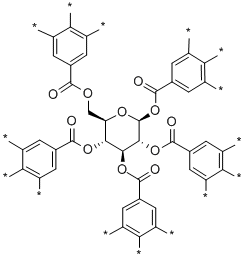

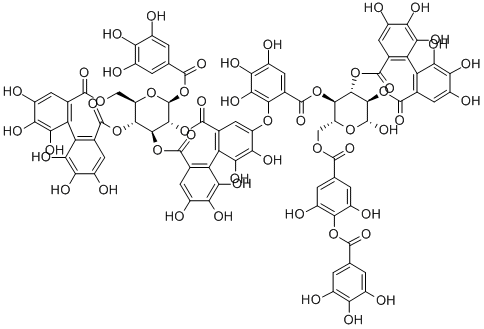

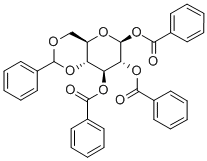
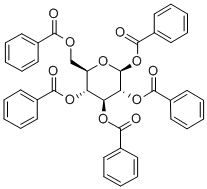
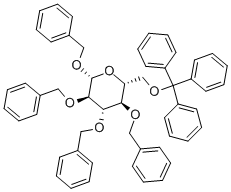
You may like
-
 Benzyl 2,3,4-Tri-O-benzyl-β-D-glucopyranoside CAS 27851-29-2View Details
Benzyl 2,3,4-Tri-O-benzyl-β-D-glucopyranoside CAS 27851-29-2View Details
27851-29-2 -
 1,2,3,4-Tetra -O-acetyl-Gluco pyranoside 97%View Details
1,2,3,4-Tetra -O-acetyl-Gluco pyranoside 97%View Details
27851-29-2 -
 3-(4-amino-1-oxoisoindolin-2-yl)-1-methylpiperidine-2,6-dione 98%View Details
3-(4-amino-1-oxoisoindolin-2-yl)-1-methylpiperidine-2,6-dione 98%View Details -
 614-19-7 98%View Details
614-19-7 98%View Details
614-19-7 -
 20677-73-0 (2,2-diethoxyethyl)methylamine 98%View Details
20677-73-0 (2,2-diethoxyethyl)methylamine 98%View Details
20677-73-0 -
 3-(4-(hydroxyamino)-1-oxoisoindolin-2-yl)piperidine-2,6-dione 98%View Details
3-(4-(hydroxyamino)-1-oxoisoindolin-2-yl)piperidine-2,6-dione 98%View Details -
 57381-49-4 2-bromo-4-chlorobenzonitrile 98%View Details
57381-49-4 2-bromo-4-chlorobenzonitrile 98%View Details
57381-49-4 -
 4,6-dichloropyrimidine-5-carbaldehyde 98%View Details
4,6-dichloropyrimidine-5-carbaldehyde 98%View Details
5305-40-8
Statement: All products displayed on this website are only used for non medical purposes such as industrial applications or scientific research, and cannot be used for clinical diagnosis or treatment of humans or animals. They are not medicinal or edible.
